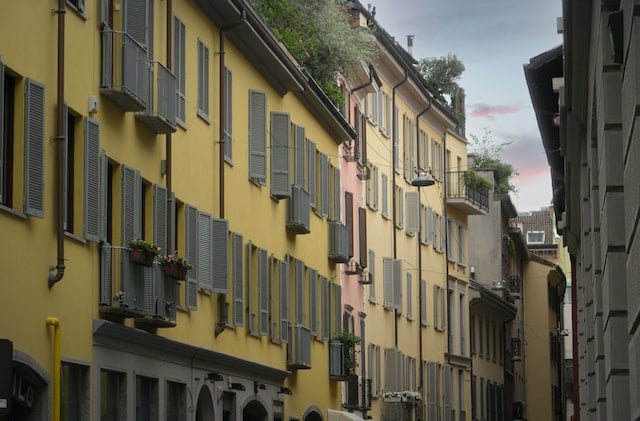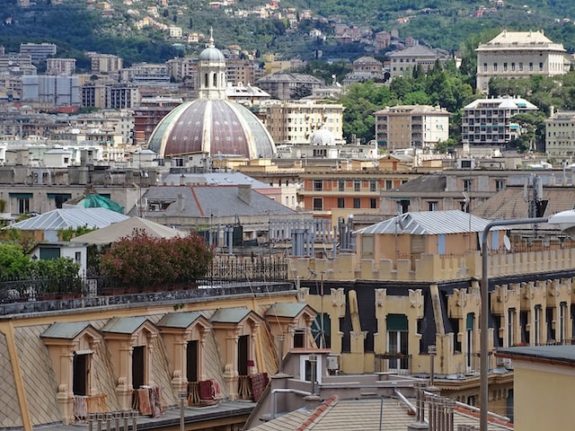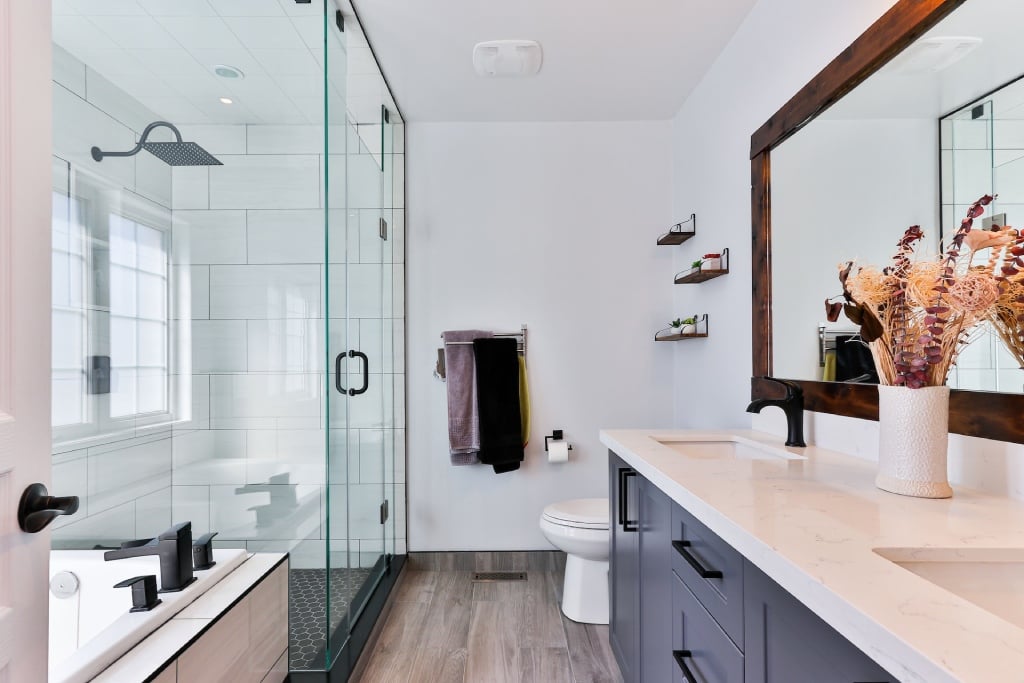Until 2020 Italy’s real estate market had long suffered stagnation, weighed down by a large number of old, neglected properties which were proving difficult to sell.
But the pandemic turned Italy’s property market on its head, leading to the first slight increase in house prices for years at the end of the first quarter of 2020.
This trend has held up since, and industry experts cautiously predict further price growth in 2023 – albeit even more modest than previously hoped.
Factors putting the brakes on growth include the soaring cost of living eroding households’ purchasing power, rising mortgage interest rates, the soaring cost of building materials, and a shrinking economy.
REVEALED: Where in Europe have house prices and rent costs increased the most?
Mortgages are also expected to become more difficult to obtain in 2023, meaning fewer people able to make a purchase.
But despite the gloomy picture overall, the outlook varies significantly around the country and some cities are expected to see a significant rise in prices this year.

A recent report from Idealista Insights, the property search portal’s research team, looked at changes in the average prices per square metre in property listings in Italy’s biggest cities.
In 2022, the price per square metre “generally increased throughout the country, with ‘exclusive’ neighbourhoods becoming even more inaccessible to the average buyer,” the report found.
But, while bigger northern cities saw rising prices across the board, most southern cities were struggling with “stagnation”, it said.
Based on Idealista’s data, here are the cities where prices are rising fastest in percentage terms:
- Genoa: the Ligurian capital is Italy’s tenth-most expensive city to live in – but prices here are rising faster than anywhere else on average, according to Idealista. An increase of 4.5 percent is forecast for Genoa in 2023, meaning the price per square metre will go from 1,602 to 1,674 euros.
- Bologna: Bologna records the second-highest price increase in Italy compared to 2022. The citywide average price per square metre will rise by an estimated 3.9 percent, reaching 3,419 euros.
- Verona: in seventh place we find the city of Romeo and Juliet, where the increase in prices is substantial, equal to 3.2 percent. The average cost will rise by around 80 euros per square metre, going from 2,483 to 2,563 euros per square metre.
- Milan: Italy’s economic capital will easily remain the most expensive city for property purchases, with prices set to rise by 2.9 percent compared to 2022. The average price per square metre is expected to exceed 5,300 euros, 150 more than now, with significant price variation between city districts.
- Bari: The capital of Puglia in the south-east is set to record an price increase of 2.8 percent, with the citywide average price per square metre going from 1,909 euros to 1,962 – making it the ninth most expensive Italian city in which to buy property and the only southern city to record a significant increase.
- Turin: The northwestern city can expect an overall price increase of 1.5 percent, equal to around 30 euros more per square metre for a final price of 1,979 euros on average.
- Florence: The Tuscan capital still has the second-highest prices, and can expect an average price increase of 1.4 percent, with the cost per square metre to rise from 4,128 to 4,184 euros
- Rome: The capital may have some highly sought-after and expensive districts, but overall average prices will remain at around 3,336 euros, up slightly from 3,360 in 2022. This is equal to an increase of just 0.76 percent.
- Venice: La Serenissima remains the fifth-most expensive city to buy property again this year as the average price will remain almost unchanged with a reduction of -0.3 percent, meaning the cost per square metre will be around 3,090 euros.
- Naples: The southern capital is set to go against the trend, with a -1.5 percent drop in house prices expected. This means the average price per square metre will go from 2,737 to 2,696 euros, a difference of 41 euros.





 Please whitelist us to continue reading.
Please whitelist us to continue reading.
Member comments